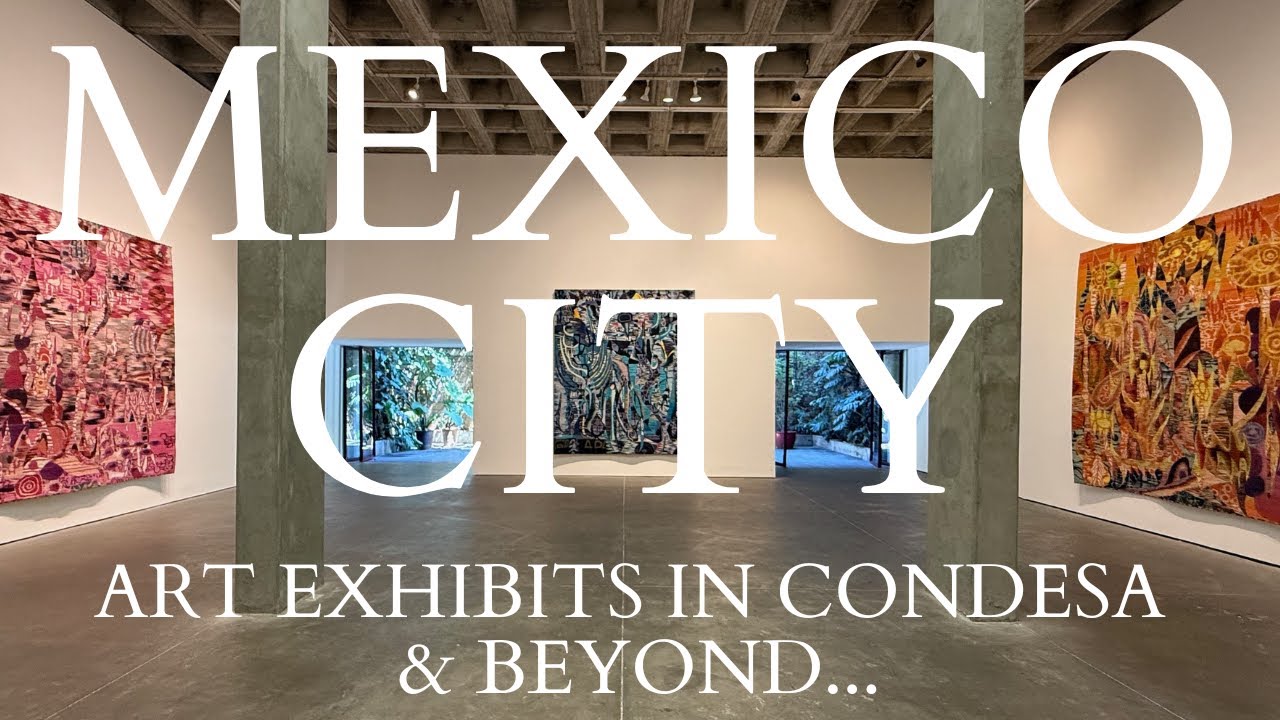Introduction: Tourism Revival and Its Influence on Central Mexico City’s Real Estate Market
The recent recovery of tourism in Mexico City, particularly in its central neighborhoods, has significantly reshaped the landscape of the local real estate market. Tourism recovery in Central CDMX has not only revitalized the local economy but also created new dynamics and investment opportunities within the housing sector. As Mexico City reestablishes itself as a top international tourist destination post-pandemic, the ripple effect of increased visitor numbers is becoming evident in property values, rental yields, and urban redevelopment.
In this detailed article, we will explore the various dimensions of the impact of tourism recovery on real estate in Central CDMX, analyzing factors such as property appreciation, rental market trends, urban renewal initiatives, and investment opportunities emerging in neighborhoods like Centro Histórico, Roma, Condesa, and Juárez.
The Current State of Tourism Recovery in Central CDMX
Since the easing of travel restrictions, Mexico City has seen a dramatic increase in tourist arrivals. International tourism, alongside robust domestic travel, has bounced back strongly, driving renewed economic activity. The city’s vibrant cultural scene, historical sites, museums, gastronomy, and entertainment options have once again attracted millions of visitors.
Key Tourism Indicators:
- Hotel occupancy rates have surpassed pre-pandemic levels, reaching upwards of 75% in popular neighborhoods.
- International arrivals at Benito Juárez International Airport have steadily increased, with millions of visitors recorded annually since 2022.
- Cultural and entertainment venues such as museums, theaters, and galleries have reported record attendance, underscoring the city’s revived attractiveness.
This substantial recovery in tourism directly correlates with an increased demand for short-term accommodations, long-term rentals, and investment properties, thereby significantly influencing real estate dynamics in Central CDMX.
Impact of Tourism Recovery on Property Prices in Central Mexico City
One of the most noticeable effects of tourism resurgence is the appreciation of property values. Central neighborhoods, especially those with strong historical and cultural appeal, have experienced substantial increases in real estate prices.
Neighborhood-Specific Trends:
- Centro Histórico: This UNESCO World Heritage Site has witnessed substantial price appreciation due to its proximity to major tourist attractions like the Zócalo, Palacio de Bellas Artes, and Alameda Central. Property values in this area have increased by approximately 15-20% since tourism recovery began.
- Roma and Condesa: Renowned for their bohemian vibe, boutique hotels, cafes, and nightlife, these neighborhoods have seen property values rise sharply by up to 25%, driven by both local and international investor interest.
- Juárez: Known for its vibrant cultural scene, Juárez has attracted significant investment interest, resulting in property price appreciation of around 20% in recent years.
This trend highlights the direct correlation between tourism recovery and real estate valuation in central neighborhoods. Investors and homeowners alike are benefiting from the renewed influx of visitors, driving property appreciation and profitability.
Rental Market Dynamics: Short-Term Rentals and Airbnb Boom
The recovery of tourism has significantly impacted the rental market, particularly in terms of short-term rentals. Platforms such as Airbnb and Vrbo have become increasingly popular as visitors seek unique, personalized accommodations in the heart of Mexico City.
Impact on Rental Yields:
- Short-term rental yields have increased substantially, with average nightly rates rising by 20-30% in the last two years due to higher demand from tourists.
- Occupancy rates for Airbnb properties have reached record highs, often averaging above 80% in central neighborhoods like Roma Norte, Condesa, and Centro Histórico.
- Long-term rentals have also seen upward pressure on prices as landlords increasingly convert traditional rental properties into short-term vacation rentals, reducing overall supply and driving up rental prices.
This shift towards short-term rentals driven by the tourism recovery in central CDMX has reshaped the rental market landscape, creating lucrative opportunities for property investors and entrepreneurs alike.
Urban Renewal and Real Estate Development Driven by Tourism Revival
Another significant aspect of the impact of tourism recovery on real estate in Central CDMX is urban renewal and redevelopment initiatives. The increased tourism has led to heightened attention from both local authorities and private developers, who have invested heavily in infrastructure, restoration projects, and new real estate developments.
Prominent Urban Renewal Projects:
- Historic Building Restorations: Numerous colonial-era buildings in Centro Histórico have been meticulously restored and converted into boutique hotels, luxury apartments, and commercial spaces catering to tourists.
- Public Infrastructure Improvements: Investments in pedestrian-friendly streets, improved lighting, security, and public spaces have enhanced neighborhood appeal, further driving property values upward.
- New Real Estate Developments: Increased tourism has sparked construction of mixed-use developments featuring residential, commercial, and hospitality elements, particularly in Roma, Condesa, and Juárez.
These urban renewal efforts have significantly improved neighborhood attractiveness, making central CDMX a more appealing place for tourists, residents, and real estate investors alike.
Investment Opportunities Emerging from Tourism Recovery in Central CDMX
The ongoing recovery of tourism presents lucrative investment opportunities within the real estate sector. Investors seeking high returns are actively exploring central neighborhoods, capitalizing on increased demand and favorable market conditions.
Top Investment Strategies:
- Short-Term Rentals: Acquiring properties in tourist hotspots for Airbnb rentals offers high rental yields and strong occupancy rates.
- Boutique Hotels and Hospitality Ventures: Converting historic buildings into boutique hotels or guesthouses has proven successful, attracting tourists seeking unique lodging experiences.
- Commercial Real Estate: Investing in retail spaces, cafes, restaurants, and entertainment venues catering to tourists provides steady rental income and long-term capital appreciation.
These strategic investment approaches underscore the beneficial impact of tourism recovery on real estate in Central CDMX, providing investors with diverse avenues for profit and growth.
Challenges and Concerns Regarding Tourism-Driven Real Estate Growth
Despite the overwhelmingly positive impacts, tourism-driven real estate growth also poses certain challenges, including:
- Gentrification: Rising property prices and rental rates can displace long-term residents, altering neighborhood demographics and cultural identity.
- Regulatory Issues: Increased scrutiny and potential regulation of short-term rental platforms could impact profitability and market dynamics.
- Infrastructure Strain: A rapid influx of tourists can put pressure on local infrastructure, transportation, and public services, necessitating careful urban planning and investment.
Conclusion: The Long-Term Outlook for Central CDMX Real Estate Amid Tourism Recovery
Overall, the impact of tourism recovery on real estate in Central CDMX has been overwhelmingly positive, driving substantial property appreciation, revitalizing neighborhoods, and creating profitable investment opportunities. However, stakeholders must balance growth with sustainable urban planning and community-focused development to ensure long-term stability and inclusivity.
As Mexico City continues to strengthen its position as a global tourist destination, the future of central CDMX real estate appears promising, with continued growth and opportunity for investors, developers, and residents alike.



